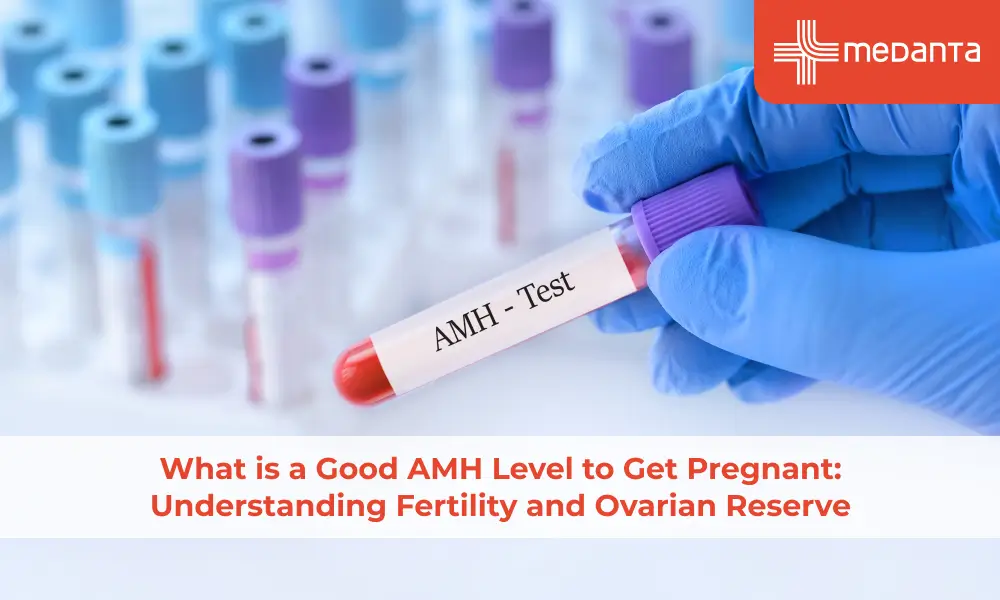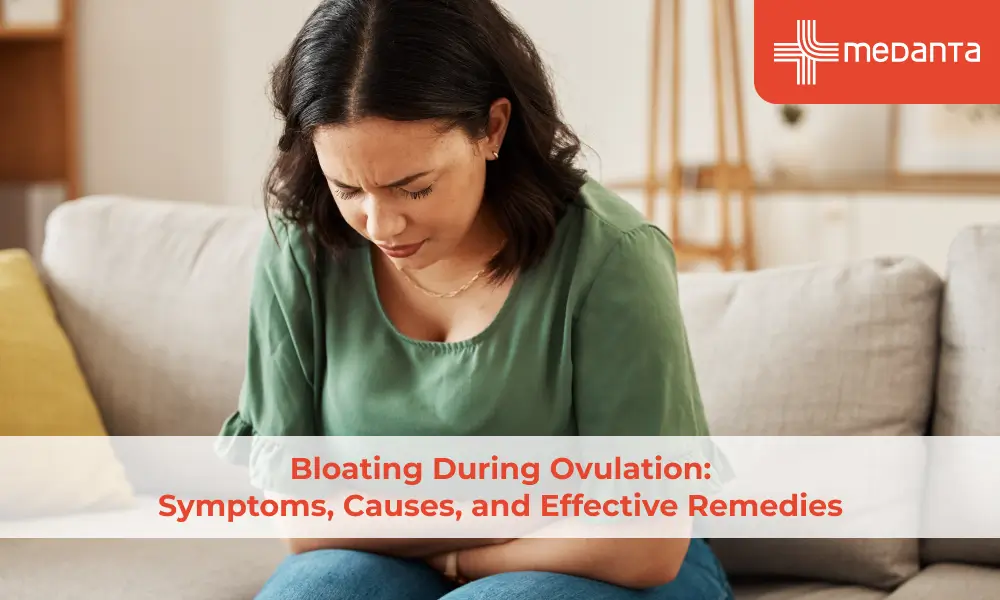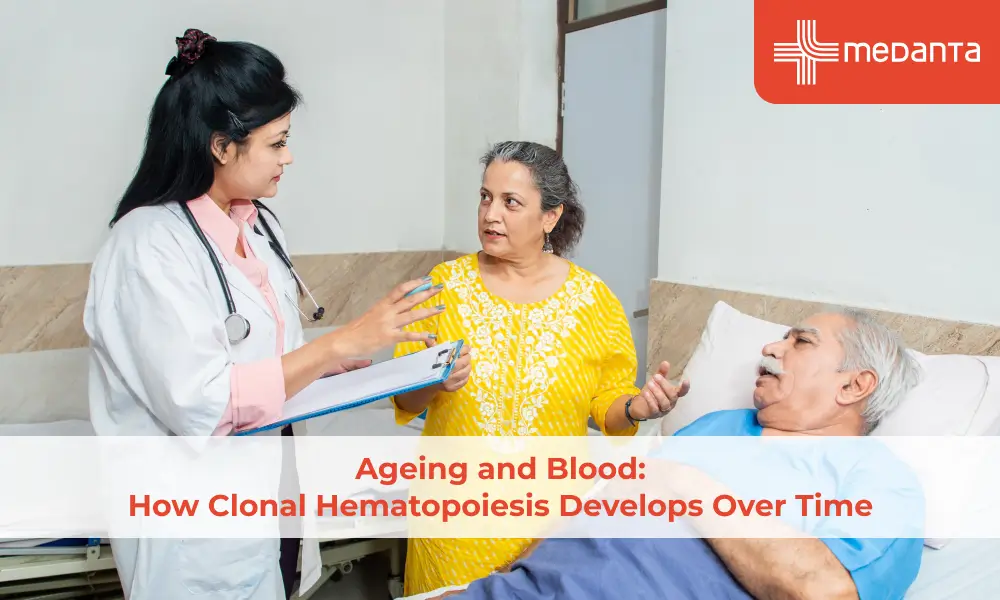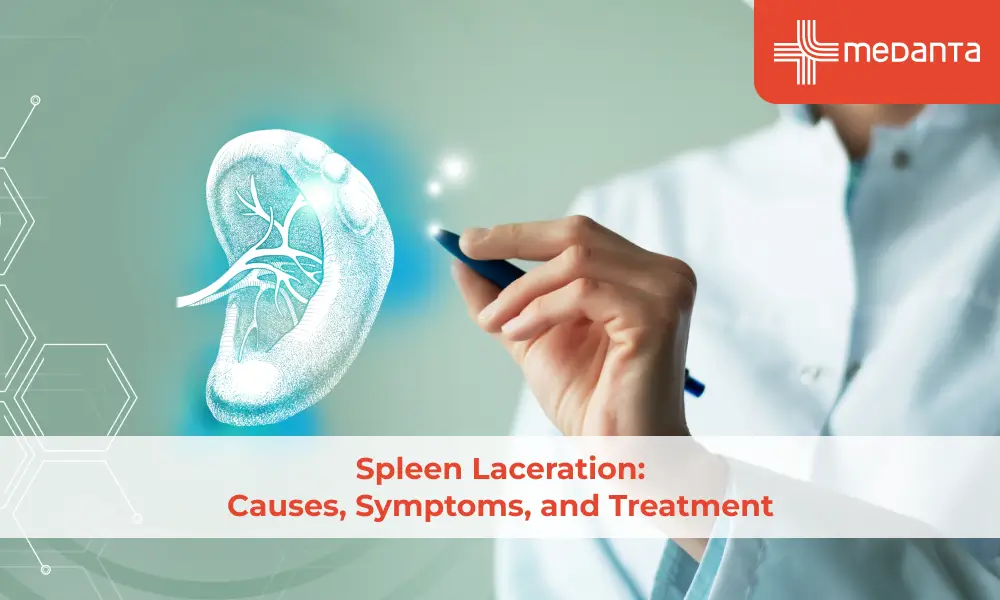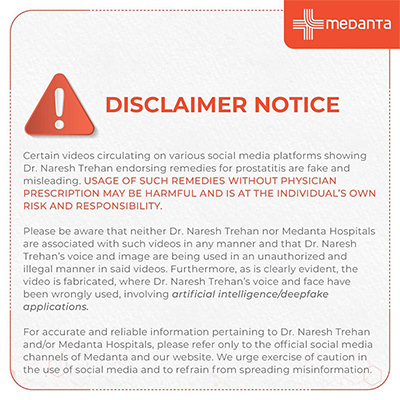Uterine Fibroid Embolization to Preserve Fertility
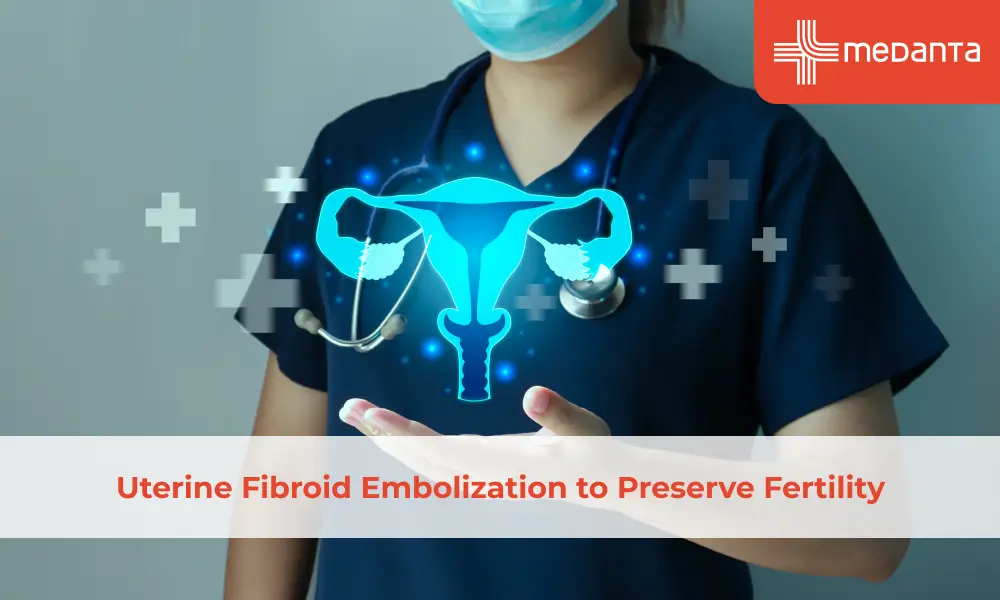
TABLE OF CONTENTS
Uterine fibroids occur in women as they age, and 80% of women have them during their 50s. In some cases, this type of benign growth in the womb can be symptomatic; women may suffer from excessive menstrual blood loss over many days, chronic lower abdominal pain, etc. There are multiple treatments on the market for fibroids, but the less invasive Uterine Fibroid Embolization (UFE) procedures now on the scene offer more benefits at lower cost and with better aesthetic results than the old hyper-invasive technology. Technological improvements in UFE can provide hope to women who want to be fertile. We will discuss how Uterine Fibroid Embolization is improving fertility outcomes in this blog.
Uterine Fibroids and Fertility
Uterine fibroids are the most common tumours of the female genital tract, and they are usually benign. These firm, muscular growths lie in the wall of the uterus or grow away from it. The cause of fibroids is unknown, but such factors as oestrogen dominance, genetics, and lifestyle choices can affect its development. While some women experience no symptoms with fibroids, others face a range of issues, including:
Heavy or prolonged menstrual bleeding
Pelvic pain, pressure, or cramping
Frequent urination or difficulty emptying the bladder
Pain during intercourse
Difficulty getting pregnant
Miscarriage or complications during pregnancy
The impact of fibroids on fertility depends on their size, location, and number. Large fibroids, particularly those that distort the uterine cavity or block the fallopian tubes, can significantly hinder conception. Furthermore, fibroids can impede implantation by disrupting the delicate lining of the uterus necessary for a healthy pregnancy.
What Is Traditional UFE?
Uterine Fibroid Embolization (UFE) has emerged as a popular alternative to surgical removal of fibroids (myomectomy). This minimally invasive procedure involves accessing the uterine arteries through a catheter inserted in the groyne. Small particles are then introduced to block blood flow to the fibroids, causing them to shrink and alleviate symptoms.
While UFE offers several advantages over surgery, including shorter recovery times and less scarring, concerns have historically existed regarding its impact on fertility. The traditional approach involved blocking the entire blood supply to the uterus, potentially damaging healthy tissue and hindering future pregnancy.
Advancements in UFE for Fertility Preservation
Recognizing the desire for minimally invasive fibroid treatment while preserving fertility, advancements in UFE techniques are revolutionising the landscape. These innovations prioritise minimising collateral damage to the uterus, paving the way for improved pregnancy outcomes. Here are some key advancements:
Fertility-Sparing UFE Techniques:
Partial Embolization: This approach focuses on blocking blood flow only to the fibroids themselves, leaving healthy uterine tissue unaffected. This preserves the integrity of the uterine lining and surrounding structures crucial for implantation.
Micro Catheterization and Smaller Embolization Particles: Utilising smaller catheters and embolization particles allows for more precise targeting of individual fibroids, further minimising the risk of unintended damage.
Ovarian Artery Protection: Some fibroids are located near the ovarian arteries, which supply blood to the ovaries. Techniques have been developed to identify and protect these arteries during UFE, ensuring healthy ovarian function and future fertility.
Ongoing Research: The field of UFE is constantly evolving. Researchers are actively investigating the long-term effects of UFE on fertility and refining these techniques for even greater efficacy and patient safety.
How Advancements in UFE Benefit Fertility?
The exciting news is that advancements in UFE are translating into positive outcomes for women seeking to conceive. Here's what this means for your fertility journey:
Increased Pregnancy Rates: Studies indicate a rise in successful pregnancies following fertility-sparing UFE compared to traditional UFE techniques. This signifies a greater chance of achieving a healthy pregnancy after this minimally invasive procedure.
Reduced Risk of Miscarriage and Pregnancy Complications: Preserving healthy uterine tissue with targeted UFE techniques may contribute to a lower risk of miscarriage and complications during pregnancy, such as preterm birth or placental issues.
Shorter Time to Conception: Early research suggests that fertility-sparing UFE might shorten the time it takes to conceive after treatment compared to traditional UFE.
Impact of UFE on Fertility
The impact of UFE on fertility has been a topic of extensive research. Studies indicate that UFE can be a viable option for women who wish to preserve or improve their fertility, with outcomes comparable to traditional surgical methods.
Studies and Research Findings
Recent studies have shown promising results regarding fertility outcomes post-UFE. For example, a study published in the Journal of Vascular and Interventional Radiology found that the majority of women who underwent UFE reported significant symptom relief and were able to conceive successfully. Another study highlighted that the overall pregnancy rate post-UFE was around 40%, which is comparable to myomectomy, a surgical procedure traditionally used to remove fibroids.
Comparison with Other Treatment Options
Compared to surgical options like myomectomy and hysterectomy, UFE offers several advantages, particularly for women seeking to maintain their fertility. Unlike hysterectomy, which involves the complete removal of the uterus, UFE preserves the uterine structure, making it a less invasive and fertility-preserving option. Additionally, UFE typically has a shorter recovery period and fewer complications compared to myomectomy.
Considerations and Next Steps: Charting Your Course to Fertility
While advancements in UFE offer promising results, it's important to understand that this procedure may not be suitable for everyone. Factors like the size, location, and number of fibroids, as well as a woman's individual medical history and fertility goals, will influence treatment decisions.
Here's how to navigate the next steps on your path to fertility:
Consultation with a Qualified Physician: Discuss your specific situation and fertility desires with a doctor experienced in treating fibroids and using advanced UFE techniques. They can assess your fibroids, explain the risks and benefits of UFE in your case, and explore alternative treatment options if UFE is not the most suitable approach.
Alternative Fibroid Treatments and Fertility: Myomectomy, a surgical removal of fibroids, remains an option for some women. While generally more invasive than UFE, advancements in surgical techniques like laparoscopic myomectomy can minimise scarring and recovery time. However, myomectomy carries a higher risk of damaging the uterus and impacting future fertility compared to fertility-sparing UFE.
Finding a Qualified Physician: Seek out a board-certified interventional radiologist specialising in UFE and experienced in using fertility-sparing techniques. Ask your doctor for recommendations or consult online resources from reputable medical organisations.
Parting Thoughts
The advancements in Uterine Fibroid Embolization technology have significantly improved the procedure's safety, effectiveness, and impact on fertility. With precise imaging, better embolic agents, and minimally invasive techniques, UFE offers a viable option for women seeking to preserve or enhance their fertility while managing fibroid symptoms. As research and technology continue to evolve, UFE is poised to play an increasingly important role in fertility treatments, offering hope and improved outcomes for many women.
If you need help dealing with Uterine Fibroids, then consult an expert gynaecologist at your nearest tertiary-care hospital as soon as possible!


